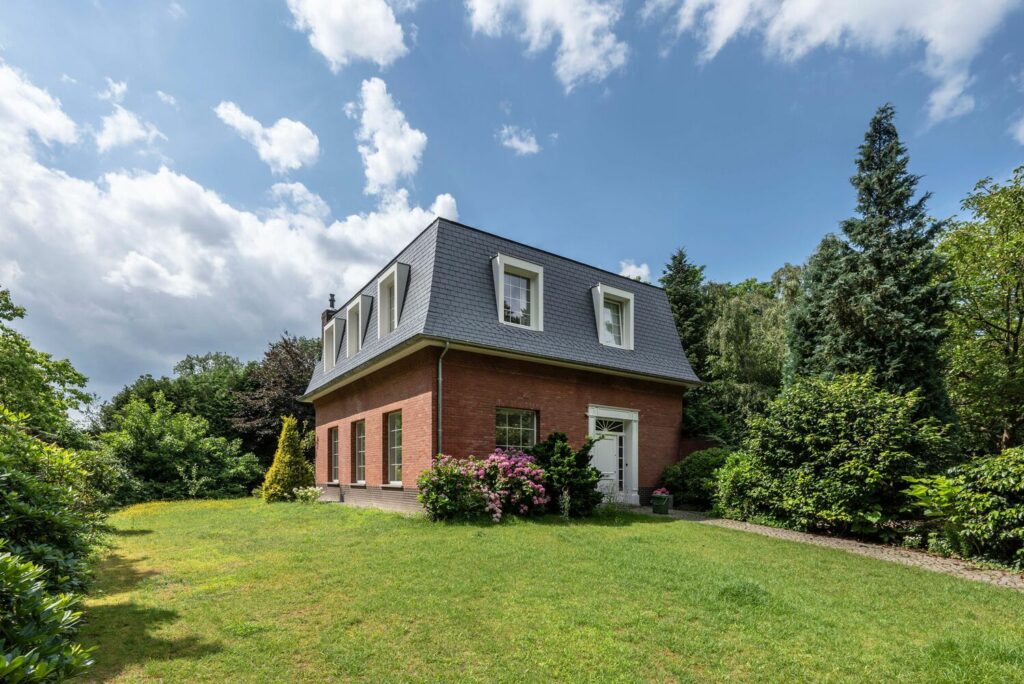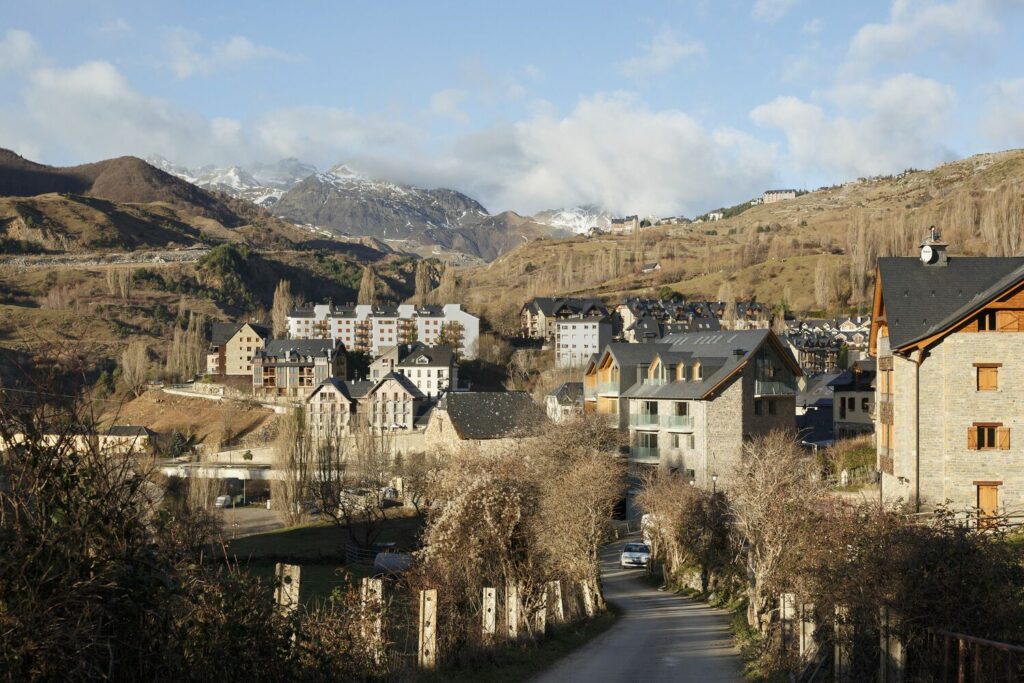Natural slate, which can be used for both roofing and facades, is a material with one the lowest contribution to emissions and environmental impact.
 Life-Cycle Assessment can be used to assess and quantify possible environmental impacts associated with a product or process, which compiles the inputs, outputs and overall potential environmental effects of a product along its life cycle. This covers the extraction and processing of raw materials, manufacturing, distribution, use, recycling and final disposal. Some components are important to analyze, such as:
Life-Cycle Assessment can be used to assess and quantify possible environmental impacts associated with a product or process, which compiles the inputs, outputs and overall potential environmental effects of a product along its life cycle. This covers the extraction and processing of raw materials, manufacturing, distribution, use, recycling and final disposal. Some components are important to analyze, such as:
- The product’s incorporated energy: All the energy required to extract, process and transport the material and deal with production waste.
- The durability of the material: The longer the durability, the lower the impact.
- Its potential for reuse, recycling or recovery.
 If we apply these factors to natural slate, it performs well in all three. First, it is a product with low incorporated energy, as it requires only minimal processing when extracted. Once extracted, the rock is divided into the desired thickness and finalized. Its incorporated carbon value is 16%–at the most–of those of other roofing materials, although there is a large variation in incorporated carbon depending on the place of extraction and other factors.
If we apply these factors to natural slate, it performs well in all three. First, it is a product with low incorporated energy, as it requires only minimal processing when extracted. Once extracted, the rock is divided into the desired thickness and finalized. Its incorporated carbon value is 16%–at the most–of those of other roofing materials, although there is a large variation in incorporated carbon depending on the place of extraction and other factors.
 Another key factor is its durability. The pieces can last up to 100 years, although it is common to have to replace a few. This causes the incorporated energy value to lower even more. In addition, it is an easily reused material. As explained by Cupa Pizarras, a world leader in natural slate, “this can be seen in conservation areas and in historic buildings in Scotland, where second-hand slates are still being used for repairs and maintenance, 60 years after the Scottish industry ceased to operate. Recovered slate stocks provide a ready source for locally available material.”
Another key factor is its durability. The pieces can last up to 100 years, although it is common to have to replace a few. This causes the incorporated energy value to lower even more. In addition, it is an easily reused material. As explained by Cupa Pizarras, a world leader in natural slate, “this can be seen in conservation areas and in historic buildings in Scotland, where second-hand slates are still being used for repairs and maintenance, 60 years after the Scottish industry ceased to operate. Recovered slate stocks provide a ready source for locally available material.”
 During its transformation process, slate requires less water, consumes less energy and pollutes much less than any other facade or roof material alternative. As an example, to be produced, slate consumes 6 times less energy than fiber cement or 135 times less water than zinc. This is why the independent database Inventory of Carbon and Energy (ICE, University of Bath), highlights natural slate as the material with the lowest amount of adverse impacts on the environment.
During its transformation process, slate requires less water, consumes less energy and pollutes much less than any other facade or roof material alternative. As an example, to be produced, slate consumes 6 times less energy than fiber cement or 135 times less water than zinc. This is why the independent database Inventory of Carbon and Energy (ICE, University of Bath), highlights natural slate as the material with the lowest amount of adverse impacts on the environment.
 You can read the original article at www.archdaily.com
You can read the original article at www.archdaily.com

Is not Slate Mined, not produced? Guess I am confused.
Yes, you right. According to Wikipedia:
Slate is a fine-grained, foliated, homogeneous metamorphic rock derived from an original shale-type sedimentary rock composed of clay or volcanic ash through low-grade regional metamorphism. It is the finest grained foliated metamorphic rock. Foliation may not correspond to the original sedimentary layering, but instead is in planes perpendicular to the direction of metamorphic compression. The foliation in slate is called “slaty cleavage”. It is caused by strong compression causing fine grained clay flakes to regrow in planes perpendicular to the compression. When expertly “cut” by striking parallel to the foliation, with a specialized tool in the quarry, many slates will display a property called fissility, forming smooth flat sheets of stone which have long been used for roofing, floor tiles, and other purposes.